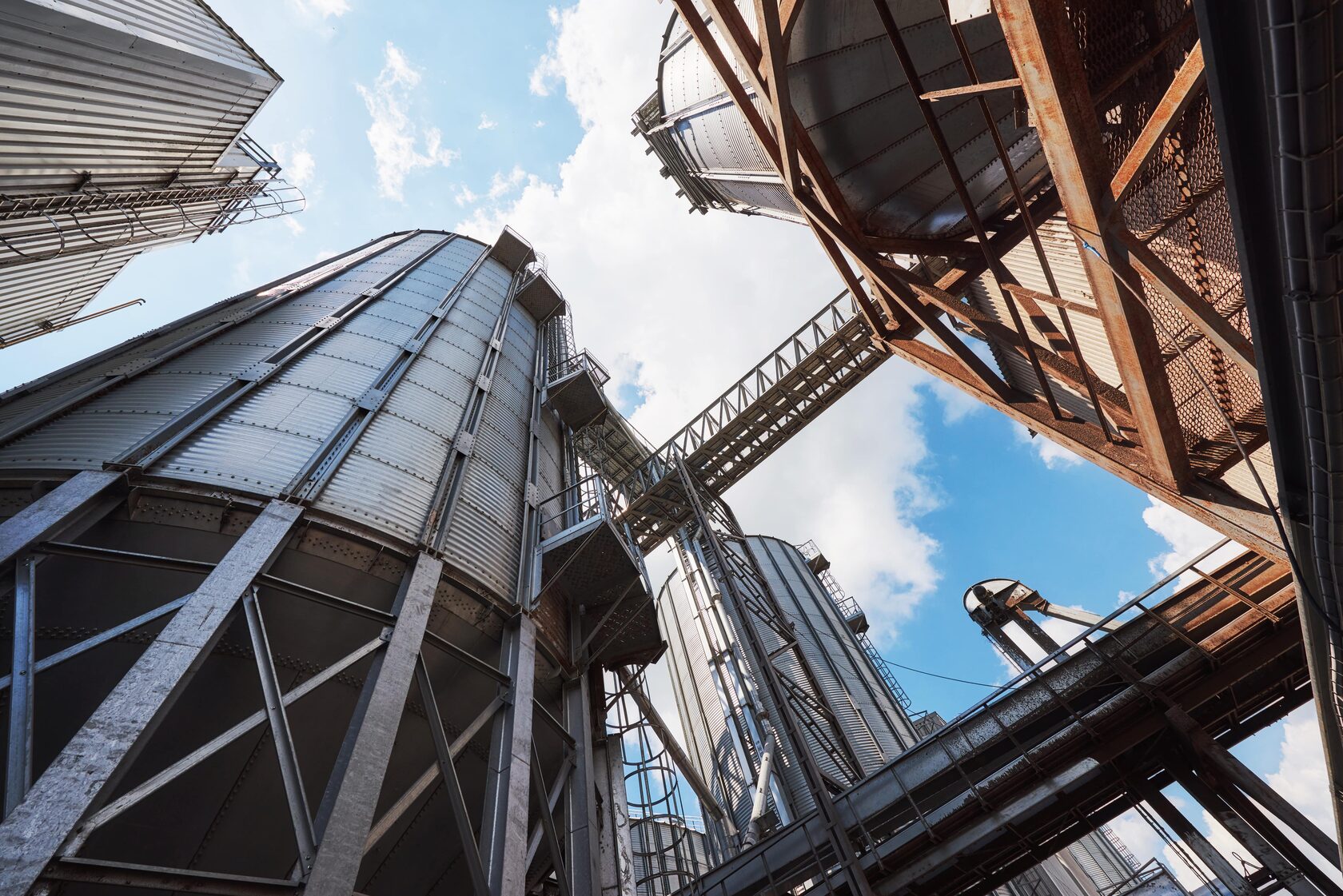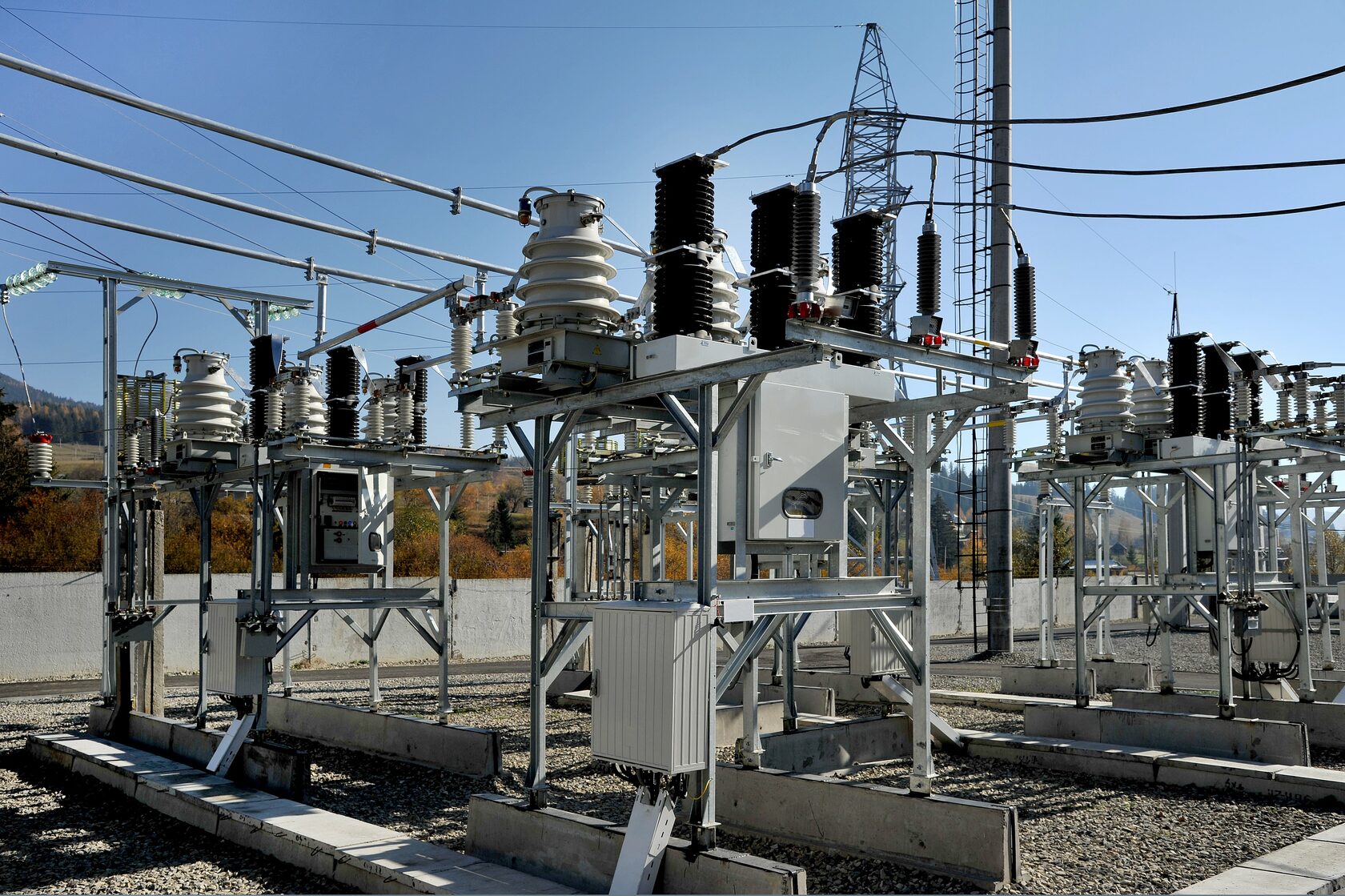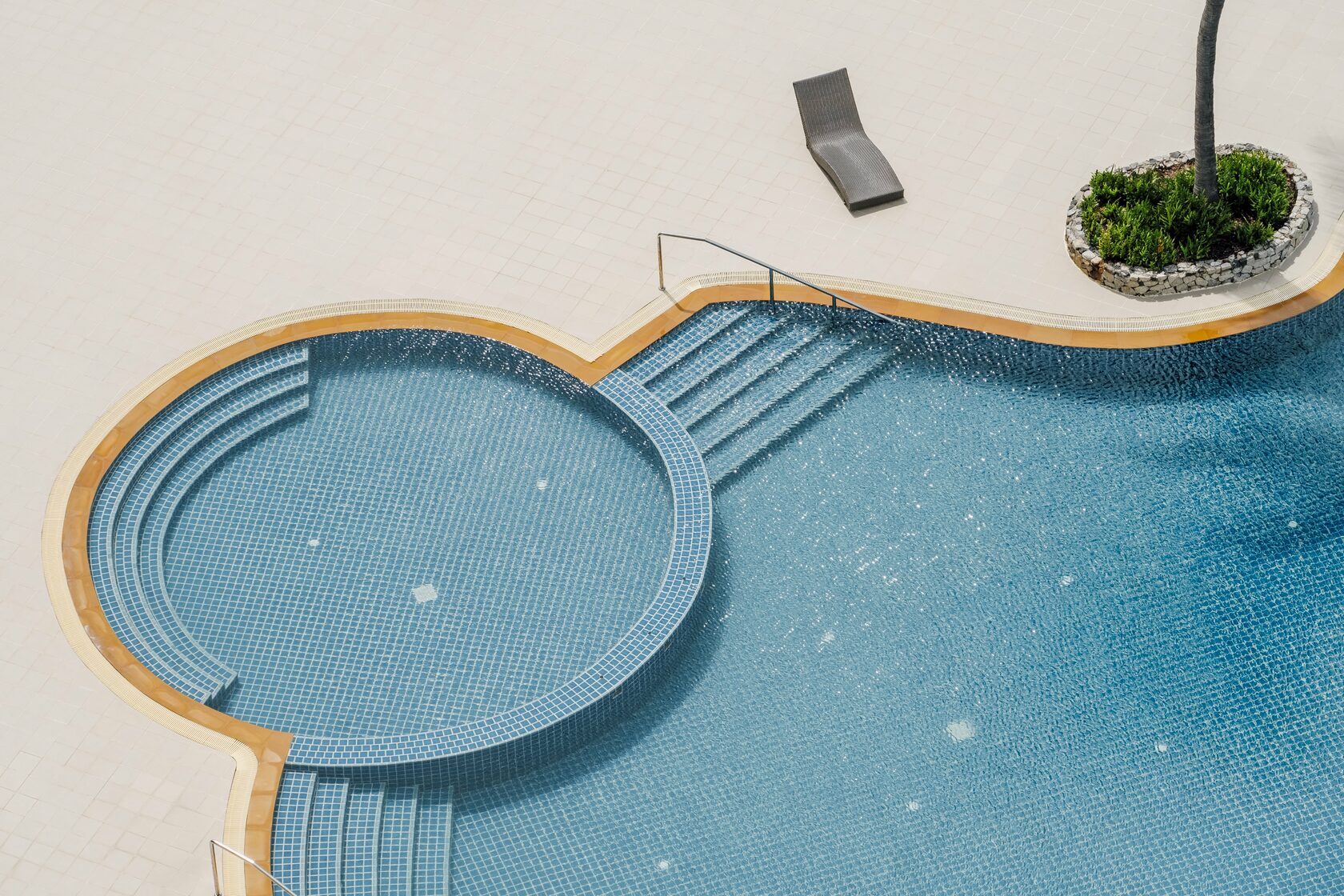Feedback
Leave an application, and our manager will contact you within 15 minutes!
By clicking 'Submit,' you agree to the processing of your data and the privacy policy
Designing objects of any complexity and purpose:
- Industrial buildings;
- Power facilities;
- Public buildings;
- Transportation facilities;
- Residential buildings;
- Educational institutions;
- Commercial facilities;
- Warehouse structures


The design of heating and ventilation systems involves several key stages to ensure comfortable air parameters in accordance with regulations. These stages include:
- Ensuring compliance with norms for temperature, humidity, and air velocity in rooms.
- Selection of main heating, ventilation equipment, and materials.
- Calculation and selection of air conditioning equipment.
- Development of air distribution diagrams.
- Smoke extraction calculations.
- Conducting acoustic calculations.
- Layout of equipment placement.
- Issuing tasks for openings in walls and floors, creating foundations for ventilation equipment, installing floating floors, and mounting openings.
- Development and design of heating and cooling supply systems.
Design of electrical lighting:
- Architectural illumination of buildings and structures;
- Landscape and decorative lighting of areas;
- Lighting for sports facilities;
- Artistic lighting for cultural and public establishments;
- Lighting projects for internal illumination of residential, commercial, office, and industrial buildings.
Design of swimming pool water treatment systems:
- Water filtration and chlorination system;
- Pump stations;
- Pool heating system;
- Connection to external networks.

Design of electrical power supply for buildings and structures:
- External power supply networks;
- Transformer substations;
- Incoming distribution devices, distribution devices of buildings and structures;
- Internal power, distribution, and group networks of buildings and structures;
- Grounding and lightning protection for buildings and structures.
Security design for the following types:
- Comprehensive security systems for buildings and structures;
- Comprehensive video surveillance systems for buildings and structures;
- Comprehensive access control and timekeeping systems;
- Customer counting systems for shopping centers;
- Comprehensive perimeter protection systems for buildings and structures.
Design of fire safety systems:
- Comprehensive fire safety systems for buildings and structures;
- Fire water supply systems;
- Foam fire suppression systems;
- Powder fire suppression systems;
- Gas fire suppression systems;
- Aerosol fire suppression systems.
Designing objects of any complexity and purpose:
- Industrial buildings;
- Power facilities;
- Public buildings;
- Transportation facilities;
- Residential buildings;
- Educational institutions;
- Commercial facilities;
- Warehouse structures.
Designing objects of any complexity and purpose:
- Industrial buildings;
- Power facilities;
- Public buildings;
- Transportation facilities;
- Residential buildings;
- Educational institutions;
- Commercial facilities;
- Warehouse structures.
The design of heating and ventilation systems involves several key stages to ensure comfortable air parameters in accordance with regulations. These stages include:
- Ensuring compliance with norms for temperature, humidity, and air velocity in rooms.
- Selection of main heating, ventilation equipment, and materials.
- Calculation and selection of air conditioning equipment.
- Development of air distribution diagrams.
- Smoke extraction calculations.
- Conducting acoustic calculations.
- Layout of equipment placement.
- Issuing tasks for openings in walls and floors, creating foundations for ventilation equipment, installing floating floors, and mounting openings.
- Development and design of heating and cooling supply systems.
Design of electrical lighting:
- Architectural illumination of buildings and structures;
- Landscape and decorative lighting of areas;
- Lighting for sports facilities;
- Artistic lighting for cultural and public establishments;
- Lighting projects for internal illumination of residential, commercial, office, and industrial buildings.
Design of swimming pool water treatment systems:
- Water filtration and chlorination system;
- Pump stations;
- Pool heating system;
- Connection to external networks.
Design of electrical power supply for buildings and structures:
- External power supply networks;
- Transformer substations;
- Incoming distribution devices, distribution devices of buildings and structures;
- Internal power, distribution, and group networks of buildings and structures;
- Grounding and lightning protection for buildings and structures.
Security design for the following types:
- Comprehensive security systems for buildings and structures;
- Comprehensive video surveillance systems for buildings and structures;
- Comprehensive access control and timekeeping systems;
- Customer counting systems for shopping centers;
- Comprehensive perimeter protection systems for buildings and structures.
Design of fire safety systems:
- Comprehensive fire safety systems for buildings and structures;
- Fire water supply systems;
- Foam fire suppression systems;
- Powder fire suppression systems;
- Gas fire suppression systems;
- Aerosol fire suppression systems.
Designing objects of any complexity and purpose:
- Industrial buildings;
- Power facilities;
- Public buildings;
- Transportation facilities;
- Residential buildings;
- Educational institutions;
- Commercial facilities;
- Warehouse structures.
Often, clients underestimate the importance of qualified engineering design and installation, viewing these stages as somewhat optional. However, the quality of these works significantly impacts the further operation of equipment over an extended period.
The cost of engineering system design and installation is determined by the types of services in the package, the volume of equipment, its loads, and configuration. Each client plans to use the installed systems differently; some operate them around the clock, while others seasonally.
It's important to note that a low price for engineering system design and installation often indicates a limited scope of work, such as rudimentary design or "back-of-the-envelope" planning. Additional fees may be required for a complete set of documents, installation quality guarantees, and commissioning.
To avoid such situations, we immediately inform our clients that the cost of engineering system design and installation includes only general estimates, without considering the individual features of the order. Therefore, before placing an order, we recommend contacting our manager, who will help choose the most optimal service package.
The cost of engineering system design and installation is determined by the types of services in the package, the volume of equipment, its loads, and configuration. Each client plans to use the installed systems differently; some operate them around the clock, while others seasonally.
It's important to note that a low price for engineering system design and installation often indicates a limited scope of work, such as rudimentary design or "back-of-the-envelope" planning. Additional fees may be required for a complete set of documents, installation quality guarantees, and commissioning.
To avoid such situations, we immediately inform our clients that the cost of engineering system design and installation includes only general estimates, without considering the individual features of the order. Therefore, before placing an order, we recommend contacting our manager, who will help choose the most optimal service package.
The cost of services

